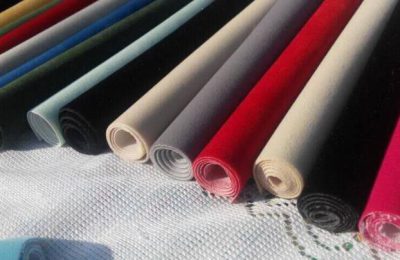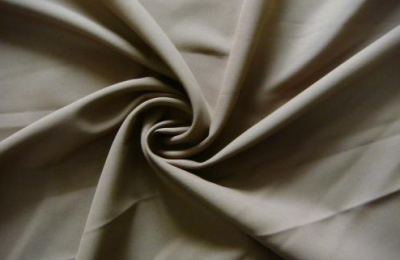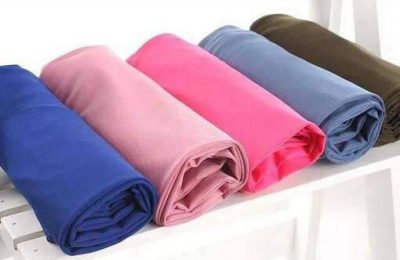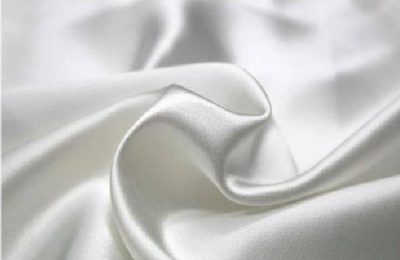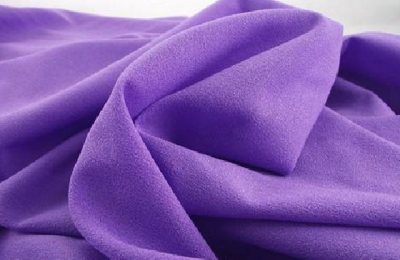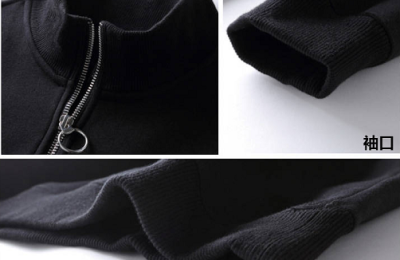Wet forming technology originated from the paper industry.
In paper production, fibers are suspended in an aqueous solution.
The water flows out of the flat mesh while the fiber material remains on the mesh to form a uniform sheet, which is then bonded, dried, finished and wound. Japanese wet-laid non-woven fabric is one of its derivative products.
Wet spinning is one of the main spinning methods of chemical fibers, referred to as wet spinning.
Wet spinning includes the following steps: (1) Preparing the spinning solution; (2) Pressing the original solution out of the spinneret to form a thin stream; (3) Solidifying the thin stream of the original solution into nascent fibers; (4) Rolling the nascent fibers Installation or direct post-processing.
Japanese wet-laid non-woven fabrics are made by dissolving fiber-forming polymers in an appropriate solvent to obtain a solution with a certain composition, a certain viscosity and good spinnability, which is called spinning solution.
The spinning solution can also be obtained directly from homogeneous solution polymerization.
The polymer swells before dissolving, that is, the solvent first penetrates into the polymer, causing the distance between the macromolecules to continuously increase, and then dissolves to form a uniform solution.
The whole process takes a long time, and the speed of the swelling process has an important impact on the dissolution speed.
Before spinning, the polymer solution must go through pre-spinning preparation processes such as mixing, filtration and degassing to make the properties of the spinning stock solution uniform, remove gel blocks and impurities entrained in it, and remove the liquid. bubbles in.
In the production of viscose fiber, pre-spinning preparation also includes a maturation process to make the viscose have the necessary spinnability.
Suzhou not only supplies Japanese wet-laid non-woven fabrics, but is also a manufacturer of polytetrafluoroethylene microporous membranes that specializes in R&D, production and sales.
We strive to improve product quality and occupy a dominant position in the market with its unique and stable performance.
Interested parties can enter the store to inquire and purchase.
</p



